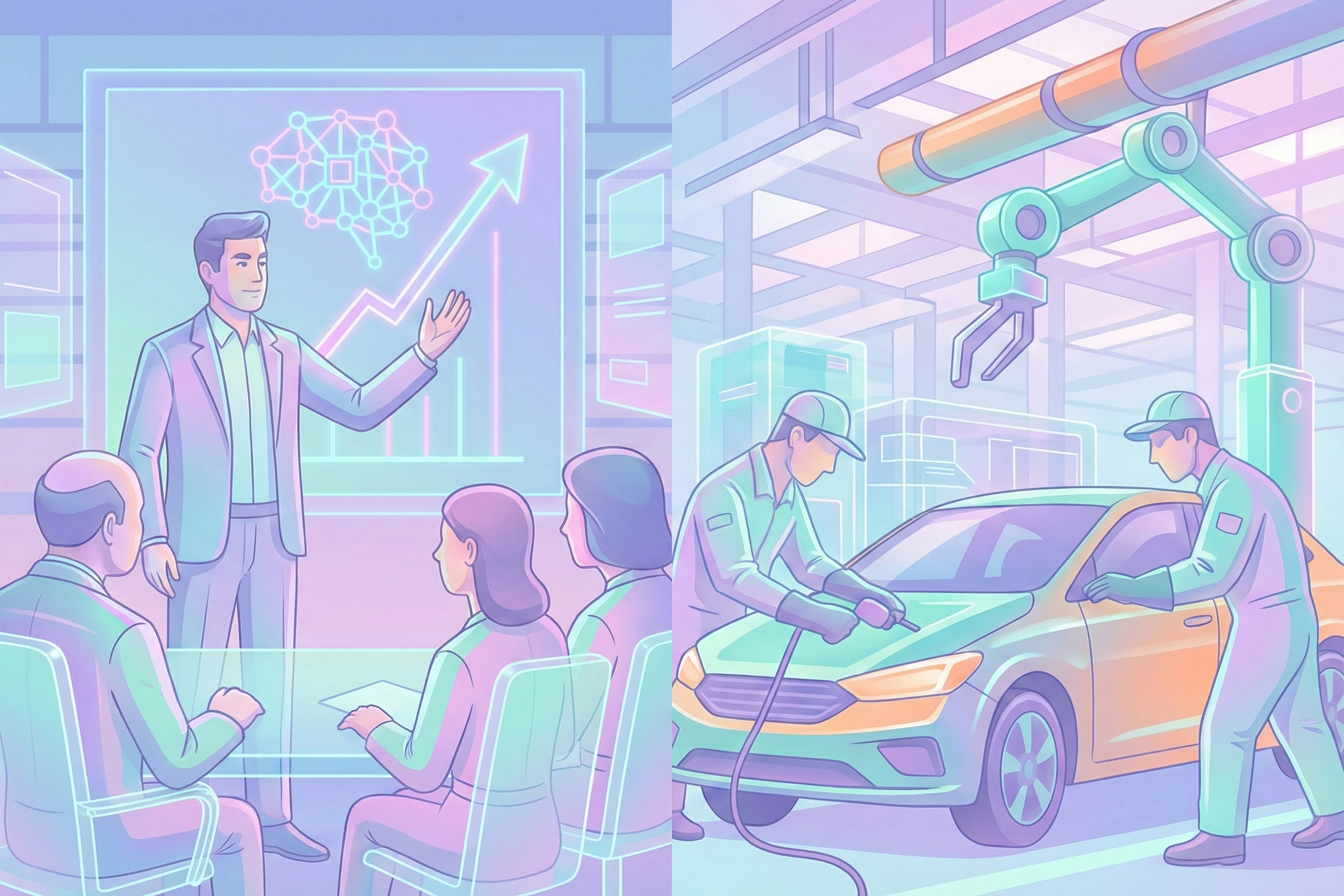
Over the past year, stablecoins, digital tokens and cryptocurrencies have received a high degree of media interest. As a response, central banks are exploring alternative digital currencies, which receive far less media coverage. However, the debates related to these Central Bank Digital Currencies (CDBC) show that central banks are fundamentally rethinking their role in the financial system.
In the wake of the cryptocurrency and fintech hype, governments and central banks have developed and examined their public alternatives. The notion of a Central Bank Digital Currency (CBDC) is slowly getting more attention. As the Bank of International Settlements (BIS) remarks, it isn’t a well-defined term, so it is hard to pin down the idea. However, we can distinguish at least three public debates in which the proposal of a CBDC is regularly mentioned. These debates are interrelated and often overlap, but they emphasize different arguments to explain why a CBDC is an appealing idea to them. In all debates, opponents remain skeptical about the anticipated benefits of a CBDC.
The first discussion focuses on financial stability and the reform of the financial system. Advocates of the CBDC want to safeguard citizens and protect the public functions of the financial system. Proposals and ideas under the umbrella of a CBDC vary, but one core idea is to return the externalities of the financial system (e.g. systemic risks, bail-in mechanisms, risk transfers, opaque shadow banking activities, etc.) to places within the system, where the risk can be dealt with accordingly. The implementation of a CBDC is often proposed as a form of “ring-fencing”, separating the riskier (commercial) banking activities from the savings part. In the most extreme form, this could lead to full-reserve or narrow banking, whereby each citizen’s deposit is fully backed by central bank reserves. Without the intermediation of commercial banks, citizens would be able to deposit their funds directly into a central bank savings account. Proponents argue this would diminish the possibility of a bank run and reduce the burden on taxpayers implicitly backing the too-big-to-fail systemic banks. However, opponents claim it is very uncertain whether this would actually make the financial system more stable, and warn it is equally likely to increase financial instability. For example, if everybody decides to flee to the central bank in times of stress, this would create a new form of liquidity hoarding.
The second debate is centered around the struggling monetary policy of the last decade. Many prominent economists and financial writers have spoken in critical terms about the policy of the FED, ECB and other central banks. In the current system, almost all new money is “created” by commercial banks for credit and loan purposes, and central banks try to guide this process with monetary instruments and information signaling. However, critics argue the monetary transmission mechanisms aren’t functioning properly and the current monetary instruments are inefficient due to structural worldwide economic changes. The CBDC model sometimes pops up as an alternative as it, in most proposals, would take away the ability of commercial banks to create money. Hence, proponents of the CBDC claim new money is currently always a form of debt and therefore commercial money creation is prone to credit booms, wealth asymmetries and misallocation of capital due to an endless “search-for-yield”. With a full-reserve CBDC, governments would regain the important role of money creation. The plan is often referred to as sovereign money, and while its opponents acknowledge the current inefficiencies of monetary policy, they also stress the need to put these into perspective before rushing to an entirely different system. One question would be whether one central authority is actually able to decide on money creation.
The third debate is related to fintech and the rise of alternative digital currencies that interfere with the financial system and pose a threat to the effectiveness of current monetary policy and fiat currencies. In addition to commercial banks and central banks, tech companies form a potential third contender to run the payment system and offer financial services. Stablecoin Libra has received extensive press coverage and is scrutinized by financial regulators. As such, it has been a “wake-up call” for central banks. The debate around fintech aligns with our contemporary view on big tech; tech companies are both loved and loathed, and for fintech this is no different. They are loved for what they do best: friendly user-centric design and frictionless services, but feared or even despised for their potential misuse of concentrated power, lack of financial knowhow and respect for institutions or disruptive nature in general. Both central banks and commercial banks are worried about the consequences if fintech companies start to play a fundamental role in the payment system. However, in the most radical CBDC proposals, the central bank has to run the payment system itself. Commercial banks are particularly worried about this, as running the payment system is costly and demands expertise and know-how. Furthermore, it might slow down innovation and deprive tech-savvy companies of their expertise. Hence, some economists argue that commercial banks partnering up with fintech companies is the most desirable scenario. This way, they can accelerate technological innovation from within the financial system and the central bank doesn’t have to take on “the burden” of running the payment system.
Overall, it is unlikely we will see a radical proposal of the CBDC become reality soon. However, it will be very interesting to see how some national and less radical proposals play out. Moreover, central banks are clearly manifesting themselves as an opposing force to current developments of the financial systems and are fundamentally rethinking their role as regulator.

